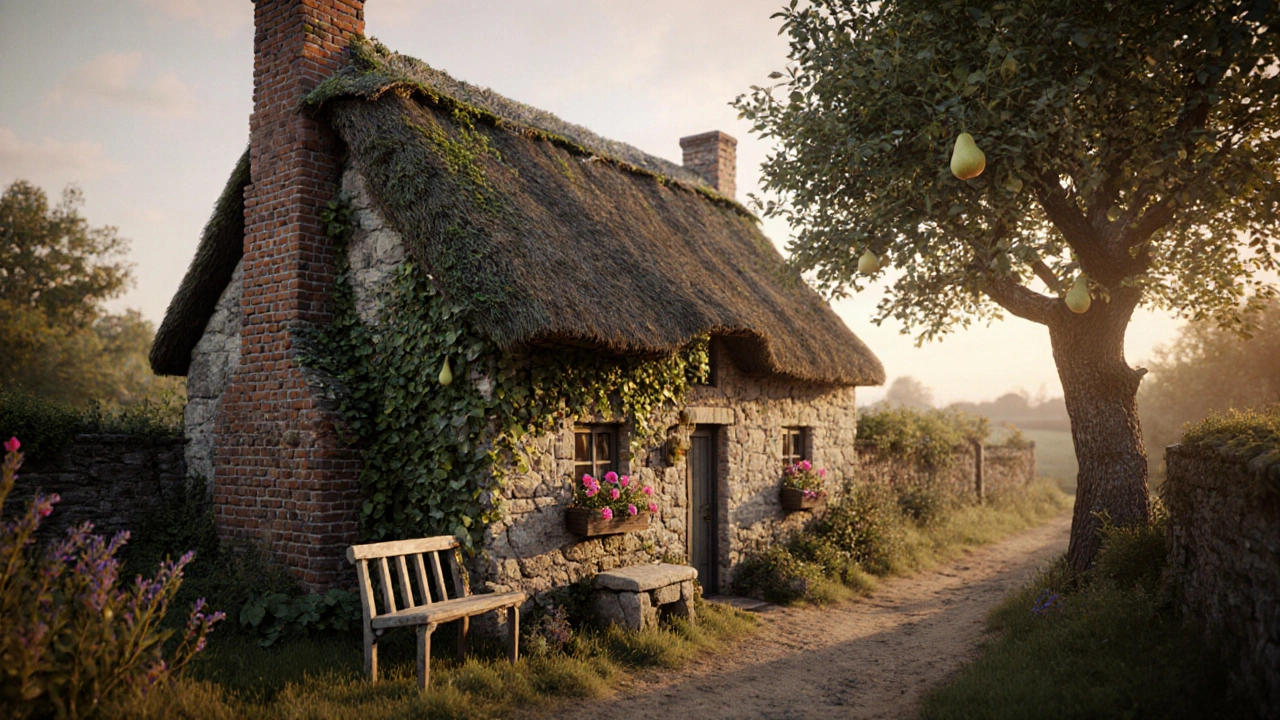Cottage House: What It Really Means and Why It’s Perfect for a Croyde Getaway
When people talk about a cottage house, a small, often cozy home, typically in a rural or coastal setting, used for holidays or long-term stays. Also known as holiday cottage, it’s not just a place to sleep—it’s a way to live like a local, with a kitchen, a garden, and space to breathe. In Croyde, a cottage house isn’t just a rental. It’s a front-row seat to the sea, with salt in the air, sand between your toes, and the sound of waves as your alarm clock.
What makes a cottage house different from a hotel? For starters, you’re not sharing hallways or elevators. You have your own front door, your own fridge, and your own coffee maker. That’s why self-catering cottages, accommodations where guests prepare their own meals and manage their own schedule. Also known as private rental homes, they’re the top pick for families who want to save money and avoid restaurant crowds. And if you’re after quiet time? A coastal cottage, a cottage located near the sea, often designed for relaxation and connection with nature. Also known as beachside retreat, it’s where you wake up to seagulls, not housekeeping carts. These aren’t just houses with a view—they’re designed to slow you down. Think thick walls that keep the cold out, wooden floors that creak just right, and windows that frame the ocean like a painting.
People often mix up cottage houses with farmhouses or glamping pods, but the difference matters. A farmhouse is usually bigger, built for working land, with stone walls and barn doors. A glamping pod is sleek, modern, and temporary. A true cottage house? It’s got history. Maybe it was a fisherman’s shed in the 1800s. Maybe it had a peat fire in the hearth. Today, it’s got underfloor heating and a smart TV—but it still feels like it remembers the tide.
And in Croyde, the best ones are tucked just behind the dunes, a five-minute walk from the beach. You can walk barefoot to surf lessons in the morning, come back to boil eggs for lunch, and sit outside with a book as the sun drops. No check-in desk. No check-out rush. Just you, the rhythm of the coast, and the freedom to do nothing—or everything—on your own terms.
That’s why the posts below cover everything you need to know: how to tell if a place is truly a cottage (not just a labeled apartment), what to look for in a self-catering setup, why some cottages are adults-only, and how glamping cottages are changing the game. Whether you’re planning a family trip, a romantic escape, or a solo reset, you’ll find real advice here—not marketing fluff. What you’ll read isn’t about luxury labels. It’s about what actually makes a stay feel like home, even when you’re miles away from it.
